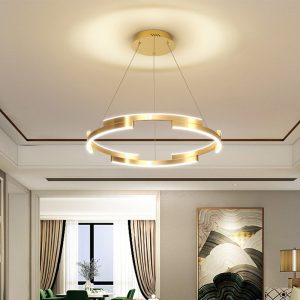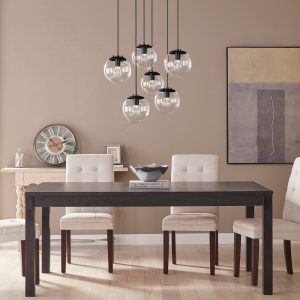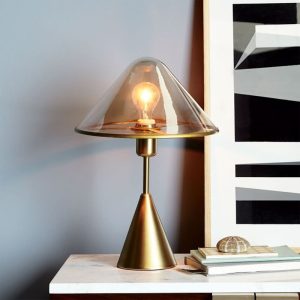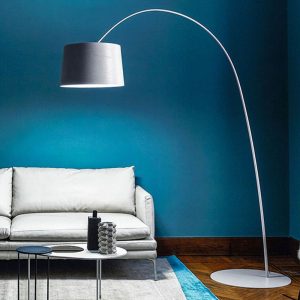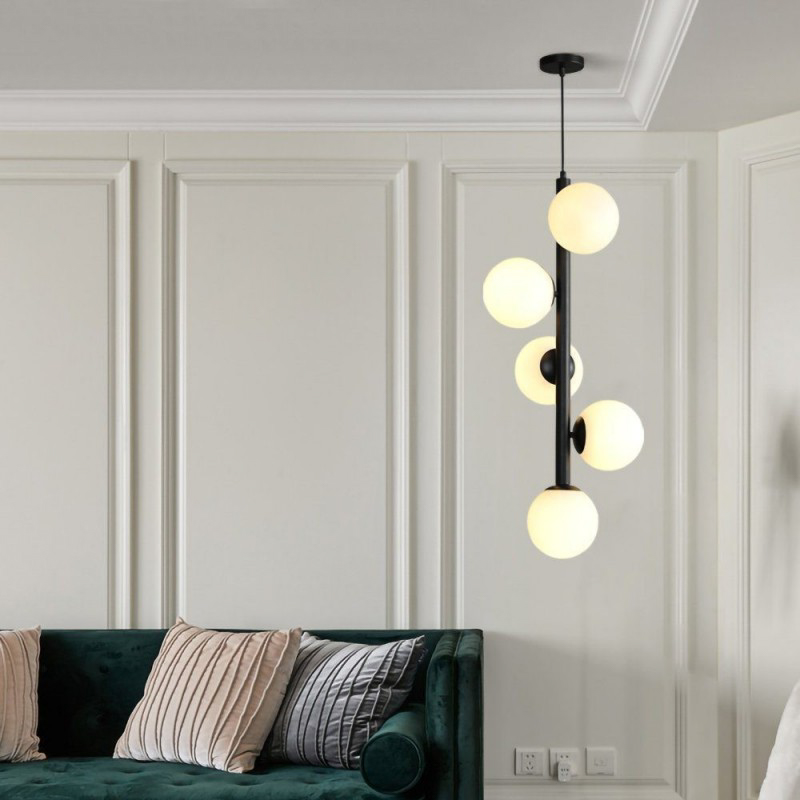
The Benefits of LED Lights
LED lights have become increasingly popular in recent years due to their energy-efficiency and longevity. Unlike traditional light bulbs, LED lights consume less electricity and can last up to 25 times longer than incandescent bulbs. They are also more durable and resistant to shock, vibration, and extreme temperatures. By installing LED lights along your ceiling, you can enjoy a brighter, more vibrant, and longer-lasting lighting solution for your home or office.
Choosing the Right Type of LED Lights
Before you start installing LED lights along your ceiling, you need to choose the right type of lights that suit your needs and preferences. There are various colors, styles, and sizes of LED lights available on the market, ranging from warm white to cool white, from spotlights to strip lights, and from small bulbs to large panels.
Warm white vs. cool white: Warm white LED lights emit a soft and cozy glow similar to traditional incandescent bulbs, while cool white LED lights produce a bright and crisp illumination that is ideal for task lighting and highlighting architectural features.
Spotlights vs. strip lights: Spotlights are directional LED lights that can be angled and focused on particular areas or objects, while strip lights are flexible and adhesive LED lights that can be easily installed in straight or curved lines along the ceiling or walls.
Small bulbs vs. large panels: Small LED bulbs are ideal for accent lighting, decorative purposes, or small spaces, while large LED panels are suitable for general lighting, ambient lighting, or larger areas.
Installing LED Lights Along Your Ceiling
Once you have decided on the type of LED lights you want to install, you can start preparing for the installation process. Here are some steps to follow:
Step 1: Measure the length and width of your ceiling to determine how many LED lights you need and where to place them. Use a pencil and a level to mark the positions of the lights on the ceiling.
Step 2: Turn off the power supply to the room where you are going to install the LED lights to avoid any electrical hazards. Use a voltage tester to make sure that the power is off.
Step 3: Attach the mounting brackets or clips to the LED lights according to the manufacturer’s instructions. Make sure that they are securely attached and levelled.
Step 4: Connect the LED lights to the power source using the wiring, connectors, and adapters provided. Follow the wiring diagram carefully and test each connection with a multimeter to ensure that there is no short circuit or misalignment.
Step 5: Install the LED lights along the ceiling according to the marked positions. Use screws or adhesive tapes to hold them in place. Make sure that they are evenly spaced and aligned with each other.
Step 6: Turn on the power supply to the room and test the LED lights. Adjust the brightness, color, and direction of the lights as needed.
The Advantages of LED Lights along Your Ceiling
Installing LED lights along your ceiling can bring many advantages, such as:
1. Energy-saving: LED lights consume up to 80% less energy than traditional incandescent bulbs, which means lower electricity bills and reduced carbon emissions.
2. Long-lasting: LED lights can last up to 25 times longer than incandescent bulbs, which means fewer replacements and less maintenance costs.
3. Durable: LED lights are more resistant to shock, vibration, and extreme temperatures than incandescent bulbs, which means greater durability and reliability.
4. Customizable: LED lights come in various colors, styles, and sizes, which means more flexibility and creativity in designing your lighting scheme.
5. Healthier: LED lights emit less heat and UV radiation than incandescent bulbs, which means a lower risk of skin damage, eye strain, and heat exhaustion.
The Disadvantages of LED Lights along Your Ceiling
Despite their many advantages, LED lights along your ceiling may also have some disadvantages, such as:
1. Cost: LED lights may have a higher upfront cost than traditional incandescent bulbs, which means a greater investment for the initial installation.
2. Compatibility: LED lights may not be compatible with some types of dimmer switches, transformers, or ballasts, which means that you may need to replace them to get the desired performance.
3. Glare: LED lights may produce a glare or a flicker that can be annoying or distracting to some people, which means that you may need to adjust the placement, direction, or intensity of the lights.
4. Blue light hazard: LED lights may emit a high level of blue light that can disrupt your circadian rhythm, which means that you may need to avoid using them before bedtime or use blue-blocking glasses to protect your eyes.
The Future of LED Lights along Your Ceiling
As LED technology continues to evolve and improve, we can expect new and innovative ways to use LED lights along our ceiling. Some of the trends that we may see include:
1. Smart lighting: LED lights that can be controlled and programmed using a smartphone, tablet, or voice command, which means more convenience and customization.
2. Human-centric lighting: LED lights that can simulate natural sunlight and adjust to our biological rhythms, which means more comfort and health benefits.
3. Sustainable materials: LED lights that are made from recycled or biodegradable materials and have a lower environmental impact, which means more eco-friendliness and social responsibility.
4. Design integration: LED lights that are seamlessly integrated into the architecture, furniture, or artwork of our homes or offices, which means more aesthetics and functionality.
Installing LED lights along your ceiling can be a smart and stylish way to enhance your lighting quality and efficiency. By choosing the right type of LED lights, following the installation guidelines, and enjoying the benefits of LED lighting, you can create a brighter and better future for yourself and the environment.




